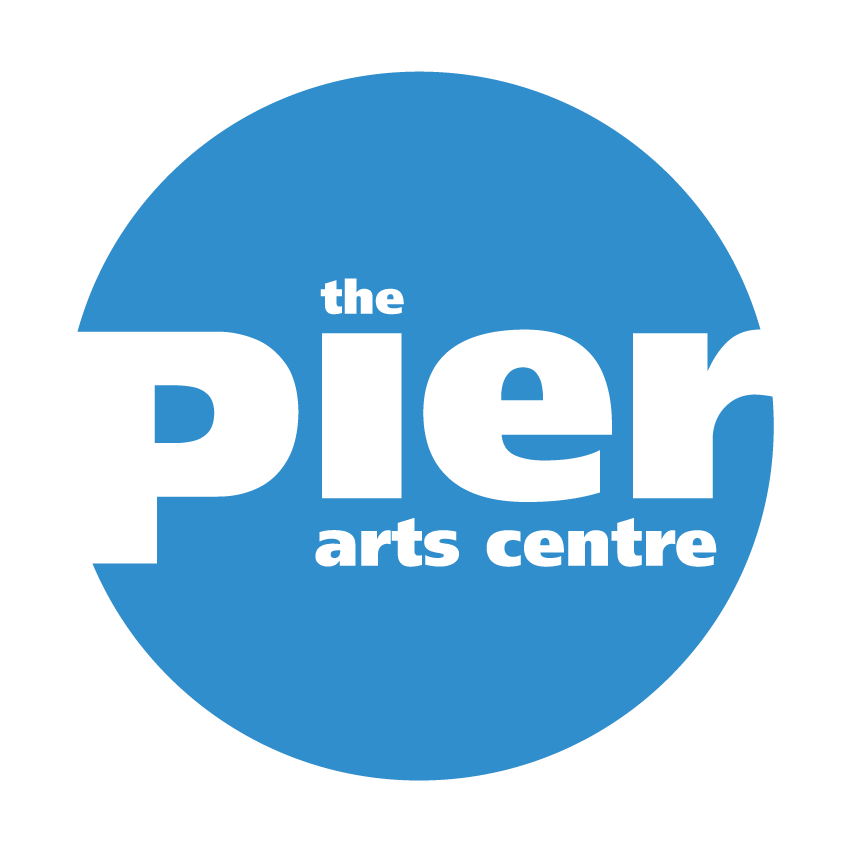In this blog, Curatorial Assistant Kari Adams discusses how artists, including Naum Gabo, became acquainted with Margaret Gardiner through her endeavors with the Artists Refugee Committee.
Against the backdrop of Fascism in Europe, 1930s Hampstead saw a great influx of refugees, including many artists and creative people. Margaret Gardiner (1904-2005), the founder of the Pier Arts Centre, lived at 35 Downshire Hill, Hampstead, was instrumental in establishing the Artists Refugee Committee along with her friends and neighbours Roland Penrose and Fred and Diana Uhlman. Hampstead quickly became a centre of activity for practical and moral support for refugee artists, including Piet Mondrian, Moholy-Nagy, Walter Gropius, Marcel Breuer and Naum Gabo.
Margaret Gardiner described Naum Gabo (1890-1977) as, ‘small and compact, with a look of slightly puzzled expectancy and a slow smile, he enchanted us all.’ (Margaret Gardiner, a scatter of memories p. 182). Gabo responded in new and unprecedented ways to the revolutionary political and scientific ideas of his time. And, together with his fellow artists, Gabo shared the same passions and beliefs – ultimately, the conviction that society could be changed for the better through the power of art.
Gabo is predominantly associated with the fundamentals of Constructivism* – which was supressed in his native Russia during the 1920s – and along with his brother Antoine Pevsner, has been a major influence on modern sculpture.
* Definition: Constructivism was a branch of abstract art founded by Vladimir Tatlin and Alexander Rodchenko in Russia around 1915. The movement was in favour of art as a practice for social purposes and saw the development of new techniques, influencing architecture, photography, photomontage and graphic design.
‘His own beautiful and lucid sculptures – constructions in space, he called them – in which ‘space is an absolute sculptural element, released from any closed volume’, were of great importance in this new conception of art. Space as an element in sculpture was not, of course, a new discovery – but Gabo’s use of it and his use of a new material – Perspex – was an exciting development.’
(Margaret Gardiner, a scatter of memories, p. 183)
During the war years (1936-1946), Gabo settled in England and produced many artworks concerned with modern geometry and physics, and the idea that empty space could be used as an essential element of sculpture. An example of such is Linear Construction No. 1 (1942-3), made from perspex and nylon monofilament (single fibre fishing line), which is included within the Pier Arts Centre’s current Permanent Collection display.
To discover more about Margaret Gardiner and her life-long active approach in defence of peace, liberty and culture, visit our exhibition Margaret Gardiner – A Life of Giving.
The exhibition is part of Insider/Outsider, a nationwide arts festival taking place from March 2019 to March 2020 to celebrate refugees from Nazi Europe and their contribution to British culture.

